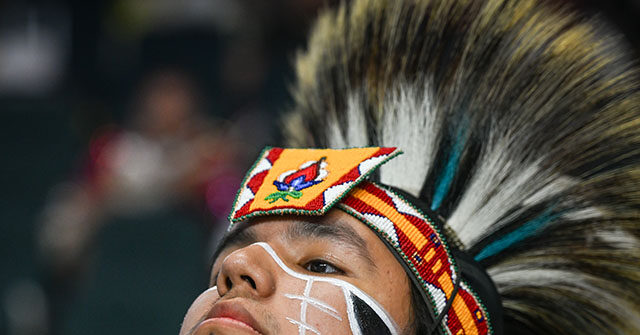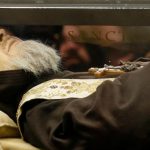The Vatican is returning 62 items from its collection of native art and other items to indigenous tribes in Canada as part of its atonement for its role in suppressing “indigenous culture” in the Americas, the Vatican announced Saturday.
Pope Leo XIV has sent the artifacts, including an iconic Inuit kayak, to the Canadian Conference of Catholic Bishops, which said it would return the items to their original indigenous communities “as soon as possible.”
A Vatican and Canadian church statement described the artifacts as a “gift” and a “concrete sign of dialogue, respect and fraternity,” according to a report by the Associated Press.
The Canadian government welcomed the transfer.
“This is an important step that honours the diverse cultural heritage of Indigenous peoples and supports ongoing efforts toward truth, justice, and reconciliation,” Canada’s Minister of Foreign Affairs Anita Anand wrote on X.
Since 1925, the items were featured as part of the Vatican Museum’s ethnographic collection, known today as the Anima Mundi museum. However, it was one of the museum’s least visited collections located “near the food court and right before the main exit,” according to one profile of the collection.
Items were originally collected by Catholic missionaries for a 1925 exhibit in the Vatican gardens. The exhibition included “feathered headdresses, carved walrus tusks, masks and embroidered animal skins,” which the Vatican said were “gifts” to Pope Pius XI, who “wanted to celebrate the Church’s global reach,” according to AP.
Artifacts in the Canadian collection included the Inuit kayak, wampum belts, war clubs and masks, according to NPR.

Pope Francis dons a headdress during a visit with Indigenous peoples at Maskwaci, the former Ermineskin Residential School, Monday, July 25, 2022, in Maskwacis, Alberta. Pope Francis traveled to Canada to apologize to Indigenous peoples for the abuses committed by Catholic missionaries in the country’s notorious residential schools. (AP Photo/Eric Gay)
In the modern era, the collection became a controversy in that the items were cultural goods taken from Indigenous people during the colonial periods when the “balance of power” was in the favor of the Church and the government.
According to the wire services report of artifact return:
Historians, Indigenous groups and experts have long questioned whether the items could really have been offered freely, given the power imbalances at play in Catholic missions at the time. In those years, Catholic religious orders were helping to enforce the Canadian government’s forced assimilation policy of eliminating Indigenous traditions, which Canada’s Truth and Reconciliation Commission has called “cultural genocide.”
The artifacts are scheduled to arrive in Montreal on December 6 at the Canadian Museum of History in Ottawa and then be “reunited with their originating communities,” a spokesman for the Canadian bishops’ conference told news outlets.
Contributor Lowell Cauffiel is the best-selling author of Below the Line and nine other crime novels and nonfiction titles. See lowellcauffiel.com for more.

















